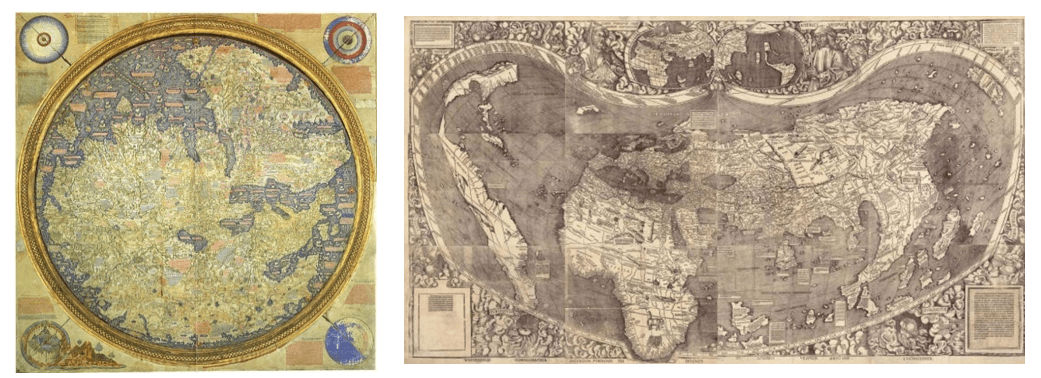Our world is complex. There are no simple answers.
There is, however, magic (and power) in making the complex look simple.
We’re excited to announce Micron’s investment in Atlas AI, a spinoff from Stanford’s Sustainability and Artificial Intelligence Lab simplifying land-based analytics and prediction from satellite imagery and other sensors.
Right now, Atlas AI is using data and artificial intelligence to help some of the most important decision-makers in the world make important decisions.
But that’s not really why we invested in Atlas AI.
We invested because Atlas AI is the only company in the world with a scalable platform that delivers trusted value from satellite imagery and artificial intelligence.
Good Team, Better Timing
Professors Stefano Ermon, Marshall Burke and David Lobell are smart cookies. Burke and Lobell are known around the world as leaders in applying data science and machine learning to studying and predicting earth systems — weather patterns, water resources, crop yields. Ermon is at the epicenter of AI research, specifically as it applies to real-world applications of value.
I first met Ermon as he was starting Atlas AI, and we talked about the challenges of growing a startup with an initial focus on solving problems in emerging markets — because it’s hard. How do you scale a Palo Alto, California, startup while selling to the poorest people in the world?
Someone like Rockefeller could pony up the dough to make a go of it, but to be scalable — to build technology that solves problems not just in emerging markets but in other global markets as well — Atlas AI would need to get mean, ruthless even, and focus on winning everywhere it could. Atlas AI didn’t have that sense of ruthlessness. And it didn’t need money. So Micron didn’t invest.
All that changed when we met Victoria Coleman, Atlas AI’s first CEO. I knew right away we would invest.
Coleman is impressive — PhD, CTO of Wikimedia Foundation, stints with Intel, the Defense Science Board, DARPA and Lockheed. But that doesn’t make you a good startup CEO. So, when I first met Victoria, I came in hot: You don’t know what you’re doing, impact investing is a myth, and you have to do more.
But here’s the thing about Victoria. She listened. And we talked. And we strategized.
And when I came a-knocking, Atlas AI’s customers listened. And we talked. And we strategized.
And it turns out, customers have only recently discovered what it is they actually need — and Atlas AI has it.
In Atlas AI We Trust
 Figure 1 (The Earth, by an Italian in 1450) and Figure 2 (The Earth, by a German in 1507)
Figure 1 (The Earth, by an Italian in 1450) and Figure 2 (The Earth, by a German in 1507)
In 1450, according to the internet, the Fra Mauro map (Figure 1) was one of the most accurate maps of the world (and difficult for us to read now because it’s upside down from the usual, with China on the left).
A mere 42 years later, in 1492, the Eurasia-African view of the world was forever altered when a Genoese sailor (Christopher Columbus) stumbled on the New World. In 1507, someone else drew a map (Figure 2) and called the new stuff “America.”
The 1450 map was valuable — people used it and navigators relied on it. But the “discovery” of the Americas, that new information, immediately transformed the dynamics and power structure of all people on Earth.
The 1450 map wasn’t wrong, but it wasn’t complete. So too with analytics services based on satellite imagery. Yes, from satellite images alone we can extrapolate correlations on the ground — the number of oil drums, the population of a city, the size of a house.
By leveraging ground-truth and transfer learning in combination with satellite imagery, Atlas AI has the only technology in the world able to accurately — and with unprecedented resolution — analyze and predict Earth’s surface as it actually works.
The company has started with Africa, satisfying much-needed demand for agriculture and infrastructure intelligence to both build and support a sustainable future.
Atlas AI is now entering new markets with customers needing that whole picture — a complete, reliable and accurate picture — to help them make better decisions.
That’s why we invest.
